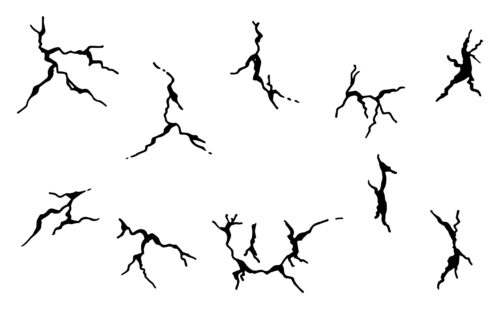
Project of the Month: PURE
By Alison MacDermott
Posted: 21 February, 2022
HERA is pleased to present the next Project of the Month: PUblic REnaissance: Urban Cultures of Public Space between Early Modern Europe and the Present (PURE)
Our aim is to examine how public spaces, from street-corners to major city squares, were shaped by the everyday activities of ordinary city-dwellers between 1450 and 1700 in Europe. Drawing on five main city case studies, we focus attention on places of sociability and communication, places where goods, knowledge, and news were produced, sold, and consumed, and where civic or ecclesiastical authority was enforced and contested.
Project Name
PUblic REnaissance: Urban Cultures of Public Space between Early Modern Europe and the Present
Project Team
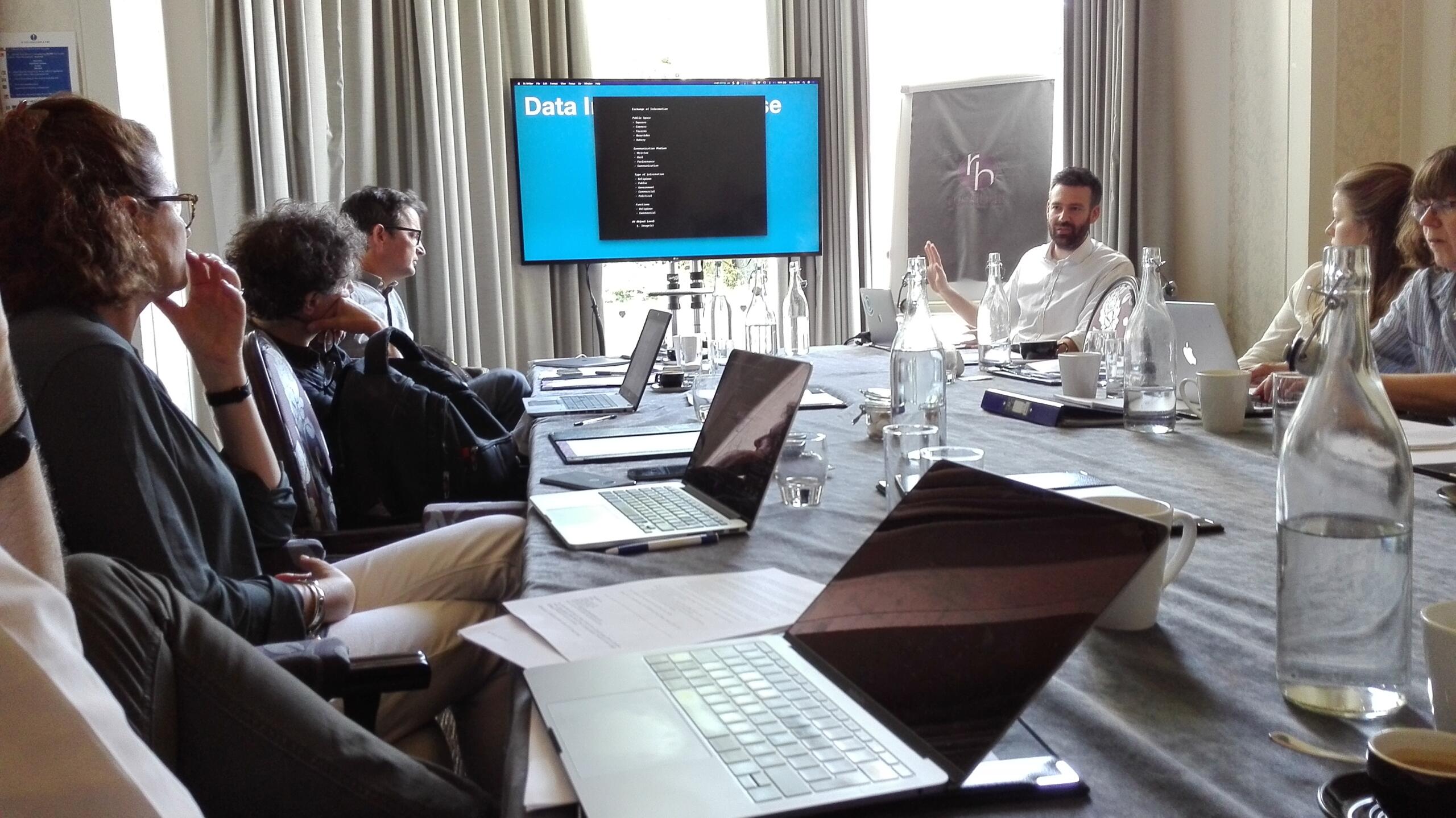
- Fabrizio Nevola, (University of Exeter, PL)
- David Rosenthal (University of Exeter)
- Kate Osborne (University of Exeter)
- Mónica Bolufer (Universitat de València, PI)
- Juan Gomis Coloma (Universidad Católica de Valencia, SR)
- Blanca Llanes Parra (Universitat de València)
- Sabrina Corbellini (University of Groningen, PI)
- Margriet Hoogvliet (University of Groningen)
- Pieter Boonstra (until 2021, University of Groningen)
- Massimo Rospocher (Fondazione Bruno Kessler, Italian-German Historical Institute, Trento, PI)
- Enrico Valseriati (Fondazione Bruno Kessler, Italian-German Historical Institute, Trento)
- Alessandro Paris (Fondazione Bruno Kessler, Italian-German Historical Institute, Trento)
- Umberto Cecchinato (Fondazione Bruno Kessler, Italian-German Historical Institute, Trento)
- Daniel Bellingradt (Friedrich-Alexander-Universität Erlangen-Nürnberg, PI)
- Claudia Heise (Friedrich-Alexander-Universität Erlangen-Nürnberg)
Describe your project development to date
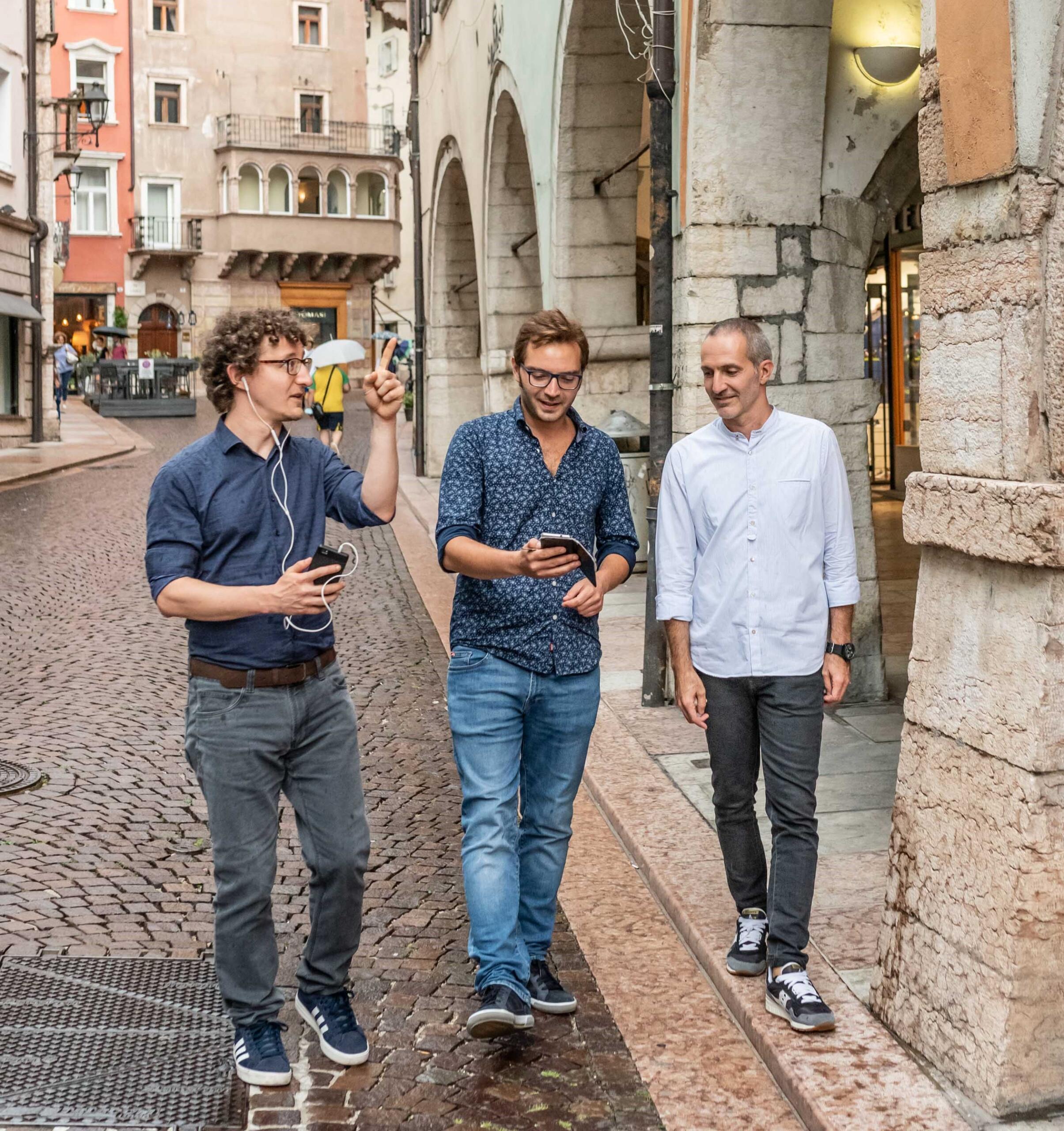
The first stage of our project focused on digital and public outputs. Under the banner of Hidden Cities, we created a suite of apps for smartphones, published in 2020. Each city translated our ongoing research agendas into audio trails of 7-9 sites that interpreted histories of place through a number of lenses, presented on georeferenced early modern urban maps. Thus Trento’s addressed (German) migrant communities in the 1520s; Hamburg’s dealt with the production and consumption of ‘news’ in 1686; Exeter’s trail was about social mobility and civic order in 1588; Valencia’s addressed both the theme of disability and the guild revolt of the early 1520s; and Deventer’s was on the movement of religious texts among urban lay groups in 1495. These collaborative projects, with museum and library partners, were pitched at local and visiting publics and were widely picked up by local press. In 2021 we formed a collaboration with Apple to promote these digital public histories through corresponding guides on Apple Maps. At the same time, we built an interactive project website aimed both at a research and public audience. Here, urban places and objects – those used in the apps but many more – are detailed through short articles, and the website is designed to connect similar kinds of places and objects across the five project cities.
Since the launch of the apps, we have continued to add new trails: most recently two trails for Hidden Exeter including one that looks at Henry VIII’s dissolution of the monasteries in the 1530s; and two trails for Hidden Trento, one of which will address religious processions during a time of plague in the 1650s. We have also developed an educational version of the app platform; the University of Exeter team ran a module in 2021 and 2022 in which students could learn to do their own place-based interpretation with locative media. Throughout, we have continued to work independently on research themes, also in collaboration with local museum partners.
As a whole, the project has now moved firmly towards a publication phase. The first project volume, Hidden Cities: urban space, geolocated apps and public history, was published in February 2022, contains essays that outline the underpinning research behind the original app trails, and also includes industry, museum and tourism perspectives. Research papers by project members will be published in a special issue in 2022 of Urban History, ‘Public Renaissance: The material culture of public space in Early Modern Europe’; and plans are well advanced for a final project volume, Public Renaissance: Urban Cultures of Public Space in Early Modern Europe.
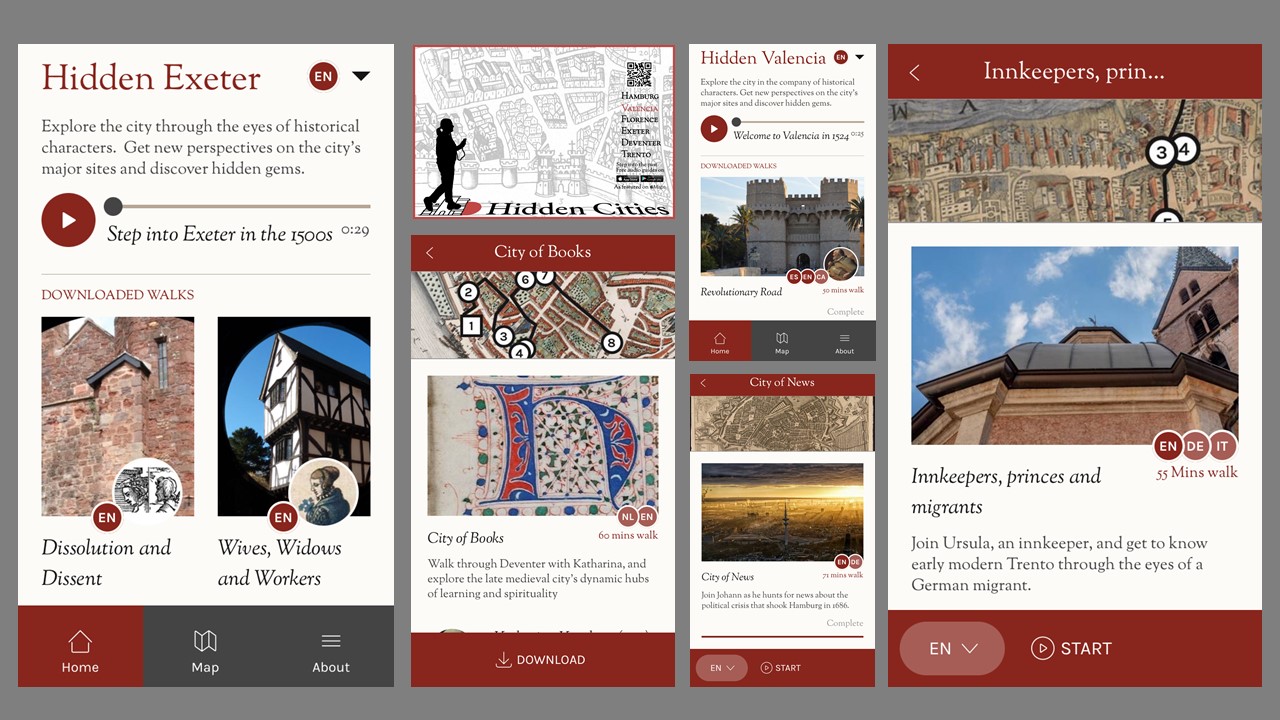
How did the pandemic impact on the project and how has the project adapted?
Covid-19 had an impact on the project, in terms of slowing down – and on various occasions banning access – for archival and library work. Lockdowns meant that, for the Hidden Cities apps, site visits, user testing and photography had to be conducted when possible. Nonetheless, making on-site apps, which involved local teams and remote development support at the University of Exeter, was still possible due to web-based resources such as city streetviews, as well as through regular online review meetings. We organised several panels at the online Renaissance Society of America conference in 2021, and arguably there were as many attendees at our panels as there would have been in-person.
More fundamentally, of course, the pandemic has altered everybody’s experience of public space in our cities. Periods of lockdown, controls on exercise and movement, the massive reduction of traffic and increase of pedestrians and bicycle use, have altered how many people view the urban built environment, drawing attention to the fact that heritage is often taken for granted. During the 2020 lockdown we made a short film about these considerations, looking back to historical experiences of pandemic through the optic of the present. An attention to the everyday material culture of public space – which is at the core of our collaborative research – has been heightened, and the public-facing apps appeal to users’ interest in re-engaging with their cities on foot.
Interesting collaborations / partnerships
We have forged productive and enjoyable collaborations with a number of museums and libraries. These have been especially important for the digital and public history side of our project. Our apps have helped these institutions progress the ‘museum without wall’ agenda, using locative media to relocate or contextualise displaced objects at specific urban sites. These museums include the Royal Albert Memorial Museum and Art Gallery (RAMM) and St Nicholas Priory in Exeter, the Museum für Hamburgische Geschichte in Hamburg, the Deventer Athenaeumbibliotheek, and the Museo Diocesano Tridentino in Trento.
For example, in Exeter, the research team worked closely with RAMM to identify objects in the collection that had previously received less research, producing short online articles for our website and reuse by the museum, as well as the Hidden Exeter app trail. During the summer of 2021 we extended this work with a local heritage site St Nicholas Priory, working with students and PhD researchers to produce a new app trail. These trails and the objects selected for them will form part of a ‘pop-up’ exhibition on Exeter’s High Street in May-June 2022.
Project Outputs
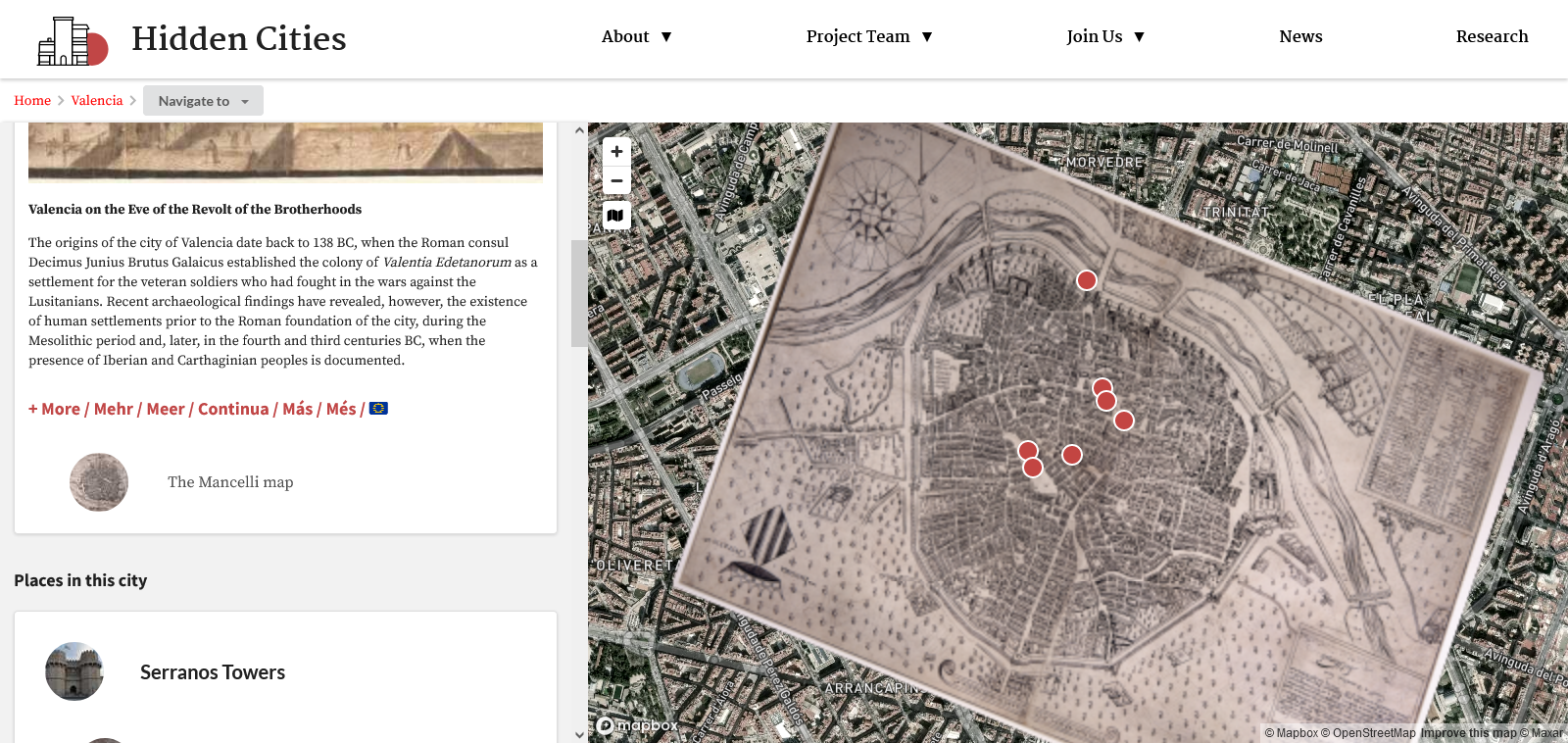
You can find some of our outputs, information and news about conferences, interviews and other activities on our website, via the following link: www.hiddencities.eu
Project twitter: @HiddenCitiesEU (teams are also tweeting from: @HiddenFlorence @HiddenTrento @HiddenValencia @HiddenDeventer @HamburgHidden)
Blog
We are posting research blog posts here: https://hiddencities.eu/research
For example: ‘Staging public order: an execution in Hamburg’s Theatre of the World 1686’, https://hiddencities.eu/research/staging-public-order
Podcasts
The University of Groningen team is creating a series of podcasts for high school students on the theme of reading within the framework of a prize for science communication awarded to the team for the Hidden Deventer app.
Media
Our media impact includes a report on the Hidden Hamburg app on Germany’s leading online news platform Der Spiegel, and a project presentation by the German Federal Ministry of Education and Research (BMBF).
Conference
At Renaissance Society of America Virtual 2021 we presented:
Hidden Cities: The Material Culture of Public Space in Early Modern Europe;
Interactive work
Access the Hidden Cities interactive web site: https://hiddencities.eu
From which links are provided to free download of all the Hidden Cities apps, available on AppStore and GooglePlay
Publications
- Fabrizio Nevola, David Rosenthal and Nicholas Terpstra eds., Hidden Cities. Urban Space, Geolocated Apps and Public History in Early Modern Europe (Routledge, 2022). Available free in Open Access.
- Daniel Bellingradt and Claudia Heise: Eine Stadttour durch Hamburg im Jahr 1686. Die App „Hidden Hamburg“ als erlebbare Geschichte und Digital-Public-History-Experiment, Bremen: edition lumière 2022. https://editionlumiere.de/bellingradt-heise.html and open access: https://opus4.kobv.de/opus4-fau/frontdoor/index/index/docId/17747. Available free in Open Access.
- Sabrina Corbellini and Margriet Hoogvliet, ‘Introduction: Lieux de Savoir and Archéologie du Savoir’, Le Foucaldien 2021. Available free in Open Access (https://foucaldien.net/collections/special/places-and-spaces-of-knowledge/)
- Juan Gomis and Eva Romero, “Las hermandades de ciegos oracioneros en la España moderna: entre la pobreza y el privilegio”, Studia Historica. Historia Moderna, 43, 1 (2021), 292-322. DOI: https://doi.org/10.14201/shhmo2021431293322
- Massimo Rospocher and Rosa Salzberg, Il mercato dell’informazione. Notizie vere, false e sensazionali nella Venezia del Cinquecento(Marsilio, 2021)

